
Some places feel familiar before you’ve even seen them. Maybe it’s a photo your parents kept or a scene from a movie. But seeing them up close? That’s something else. These landmarks have stuck around for a reason. Let’s find out what makes them worth the trip.
Statue Of Liberty
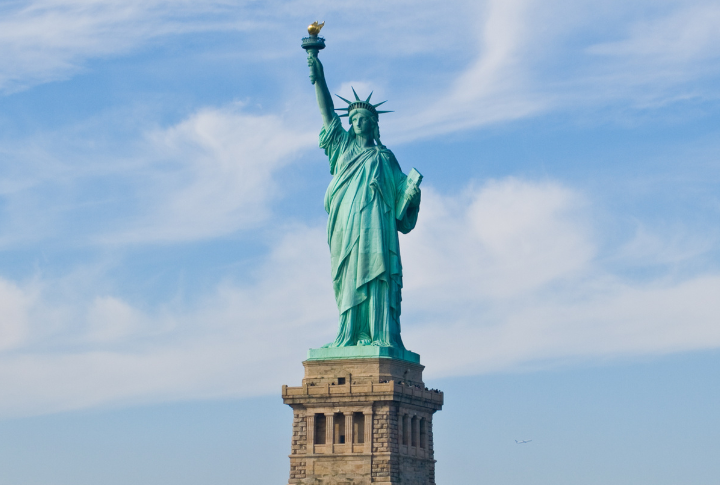
A present from France in 1886, the Statue of Liberty symbolizes hope and resilience. Standing 305 feet tall, counting from base to torch, she greeted millions arriving through Ellis Island. Interestingly, her full name is “Liberty Enlightening the World,” and she was originally dull brown.
Grand Canyon National Park
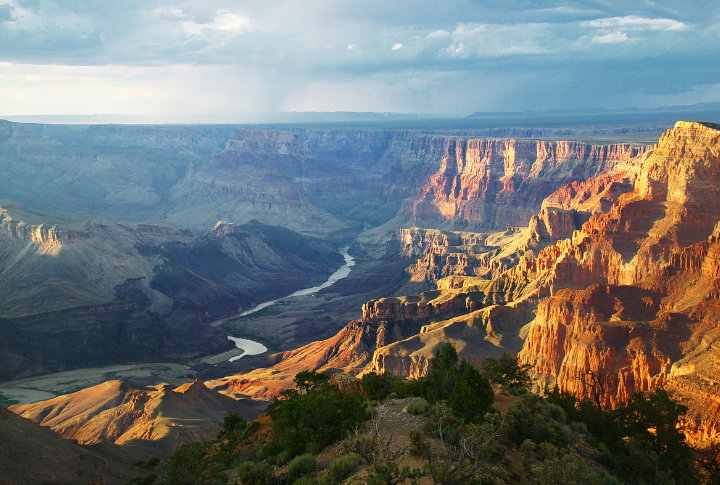
Spanning about 1.2 million acres, the Grand Canyon is geologically profound. Some exposed rock layers date back nearly two billion years. The Colorado River carved this spectacle, and it’s still at work. Consequently, the park is more than just vistas; it’s a playground for hikers, rafters, and geology buffs.
Mount Rushmore Memorial
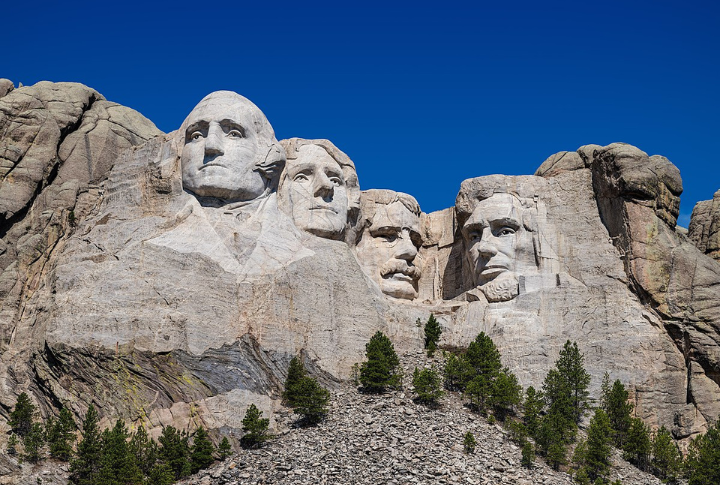
Gutzon Borglum’s Mount Rushmore, carved between 1927 and 1941, honors four monumental figures: Washington for founding, Jefferson for expansion, Roosevelt for development, and Lincoln for preservation. The project remained unfinished due to insufficient funds and Borglum’s death. Still, the scale is astonishing, with each eye measuring 11 feet across.
Niagara Falls Border View
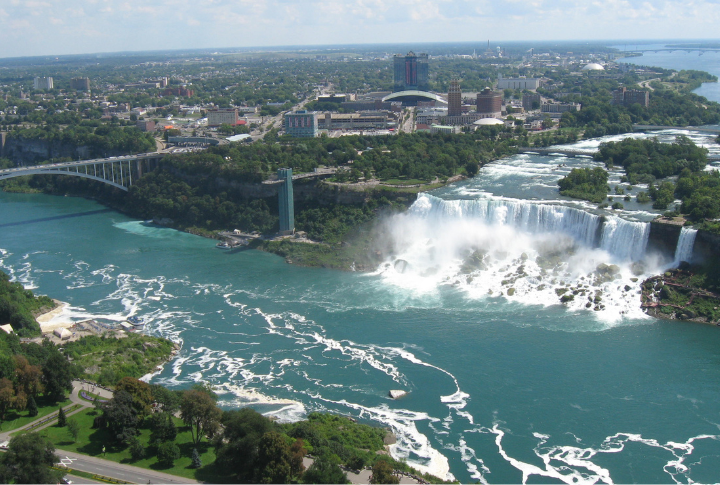
Niagara Falls is actually a trio: Horseshoe, American, and Bridal Veil Falls. Together, they flow over 3,160 tons of water per second. Located between Ontario and New York, the falls draw roughly 12 million visitors a year. Additionally, they’ve powered hydroelectric plants since the late 19th century.
Chichen Itza Ruins

Chichen Itza flourished between 600 and 1200 CE as a major Maya city and astronomical hub. El Castillo doubles as a solar calendar. Notably, during the spring and fall equinoxes, shadows show the illusion of a serpent slithering down the staircase.
CN Tower Toronto

Once the tallest free-standing structure in the world, the CN Tower still defines Toronto’s skyline at 1,815 feet. Built in 1976 for telecommunications, it now doubles as a tourist magnet. It features a revolving restaurant and a glass floor 113 stories up.
Golden Gate Bridge

The Golden Gate Bridge, completed in 1937, spans 1.7 miles and connects San Francisco to the Marin Headlands. Its eye-catching color was selected to improve visibility in the often foggy conditions. Moreover, it was the longest suspension bridge in the world and reigned until 1964.
Yellowstone National Park
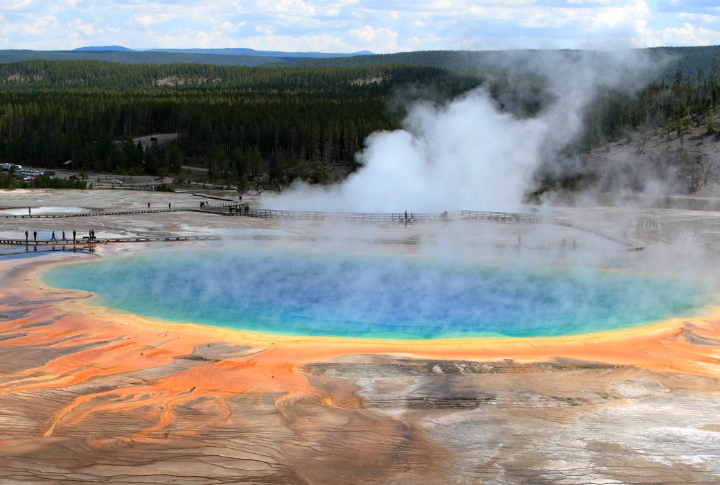
Over 10,000 geothermal features make Yellowstone, America’s first national park, a natural wonder, thanks to the supervolcano beneath it. While Old Faithful garners fame, the Grand Prismatic Spring—its colorful, heat-loving microbes—truly captures the park’s rich, diverse environment of life and geological marvels.
Independence Hall Philadelphia
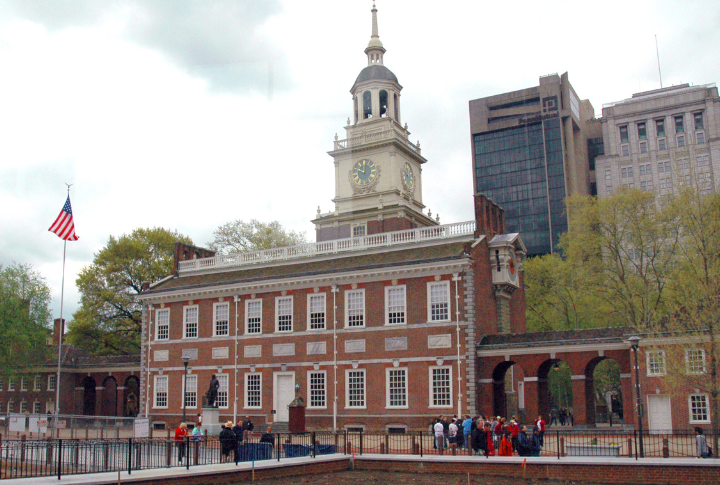
The conversations that took place within Independence Hall’s walls were pivotal in shaping the U.S. Constitution and Declaration of Independence. Built in 1753, its simple red-brick facade and clock tower contrast sharply with the weight of democracy discussed by Thomas Jefferson, Benjamin Franklin, and others.
Banff National Park

Established in 1885, Banff is Canada’s oldest national park. Its turquoise lakes get their color from glacial runoff. Moreover, the Icefields Parkway connecting Banff and Jasper is considered one of the most scenic drives in the world. Elk and mountain goats wander freely, often visible from hiking trails or even roadside pullouts.
Alcatraz Island Prison
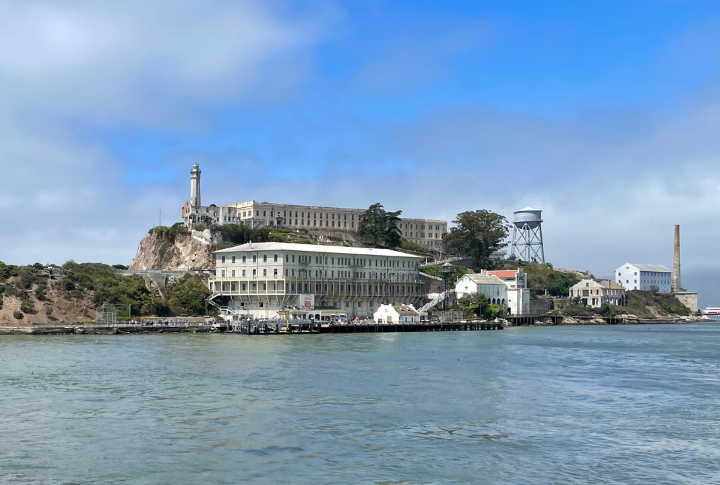
Though known for its time as a maximum-security federal prison from 1934 to 1963, Alcatraz, located 1.25 miles off San Francisco’s coast, had a previous life as a military fort and lighthouse. Notorious inmates, including Al Capone and George “Machine Gun” Kelly, were once held there.
Gateway Arch St. Louis

Standing at 630 feet, the Gateway Arch is the tallest monument in the U.S. and a tribute to America’s westward expansion. Designed by architect Eero Saarinen, it was completed in 1965 and built to withstand earthquakes and 150 mph winds. Remarkably, the arch sways up to 18 inches during strong storms.
Tulum Mayan Ruins

Tulum’s coastal ruins are unique among Maya sites, not just for their cliffside location but also for their post-Classic period construction around 1200–1450 CE. Unlike inland cities, Tulum served as a major trading port, which is evident in the murals and ceramics that show contact with Central America.
Space Needle Seattle

The Space Needle, built in just 400 days for the 1962 World’s Fair, showcases Seattle’s forward-thinking spirit. Standing 605 feet tall, it includes a rotating SkyCity restaurant and a glass floor observation deck updated in 2018. Moreover, its foundation extends 30 feet deep, anchored by 72 bolts for earthquake resistance.
Washington Monument D.C.
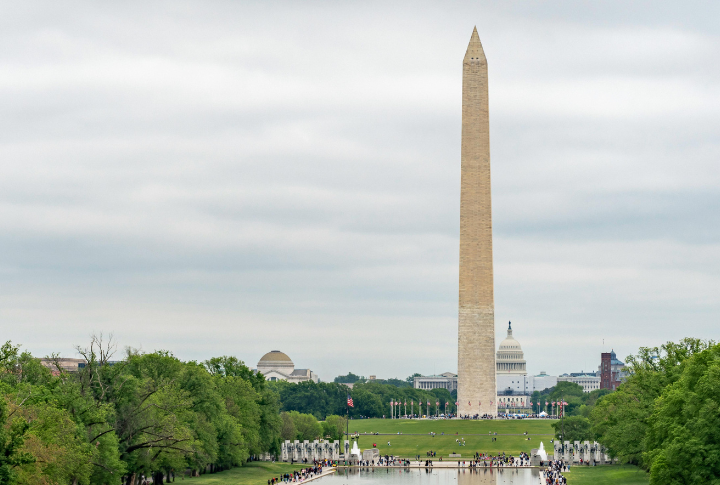
Dedicated to George Washington, the 555-foot obelisk is made of marble and bluestone gneiss. Construction began in 1848 but paused for two decades due to war and funding issues. Consequently, there’s a visible color change midway up where different stone batches are used.
Hoover Dam Nevada

Hoover Dam straddles the border between Nevada and Arizona and holds back the mighty Colorado River to create Lake Mead. The structure used over 3.25 million cubic yards of concrete, enough to pave a cross-country highway. Uniquely, it features art deco design elements and intricate terrazzo floors.
Bryce Canyon Hoodoos
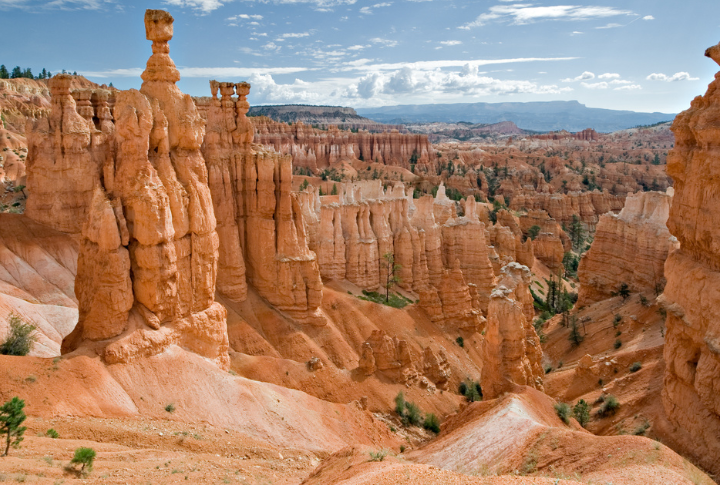
Bryce Canyon’s geological formations are sculpted by frost wedging and acid rain. These thin spires form amphitheaters that glow with reds and oranges at sunrise. Despite the name, it’s not a true canyon but a series of natural bowls carved from the Paunsaugunt Plateau.
Castillo De San Marcos
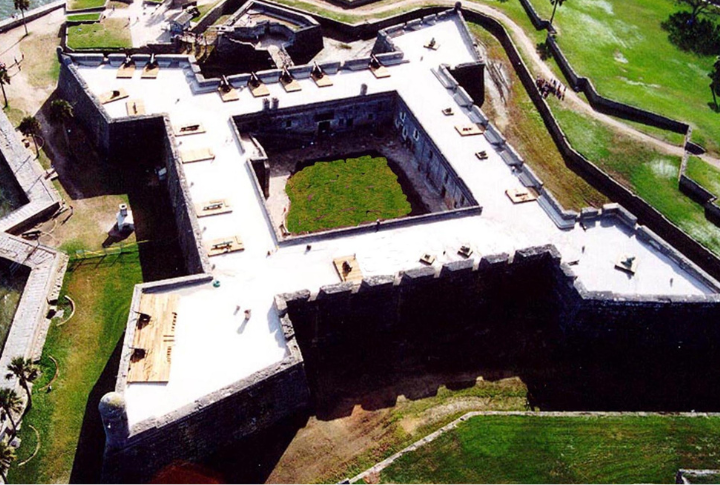
Constructed in 1672 by the Spanish in St. Augustine, Florida, Castillo de San Marcos was built from coquina, a shell-based limestone that absorbs cannon fire without shattering. Consequently, it withstood multiple sieges and remained strategically important under Spanish, British, and American control.
French Quarter New Orleans

Bourbon Street’s lively nightlife is famous, but the French Quarter, founded in 1718, holds hidden gems like Jackson Square and the Presbytere Museum. Its narrow streets and wrought-iron balconies reflect Spanish colonial architecture, a result of rebuilding after the fires of the late 1700s.
Denali National Park

Denali spans over six million acres of Alaskan wilderness. The mountain rises from just 2,000 feet at its base, making it taller from base to summit than Everest. Park access is limited to one road, and private vehicles can only go partway. Visitors often spot grizzlies and caribou.
